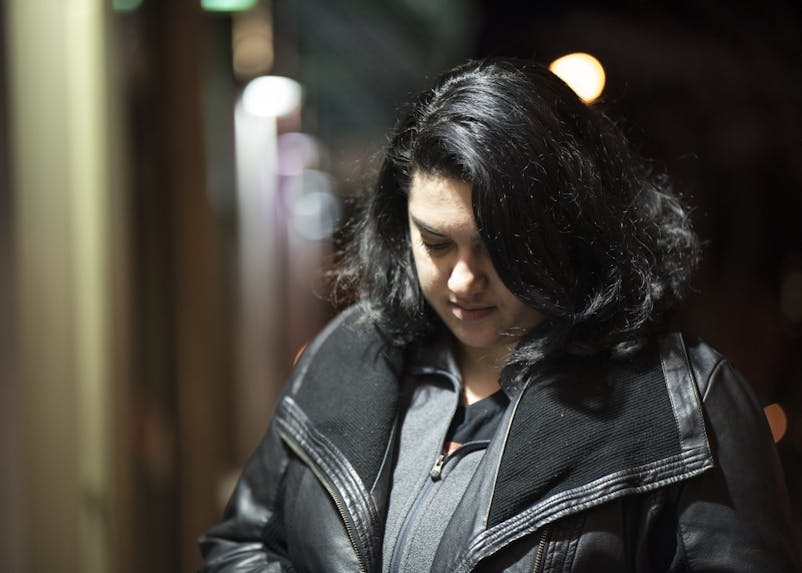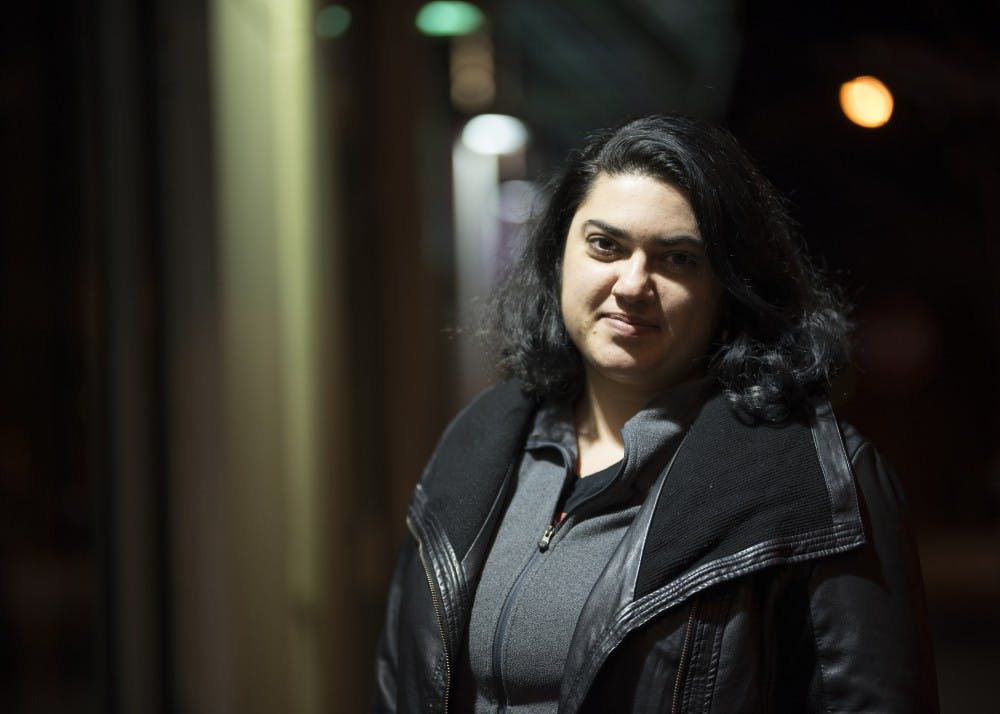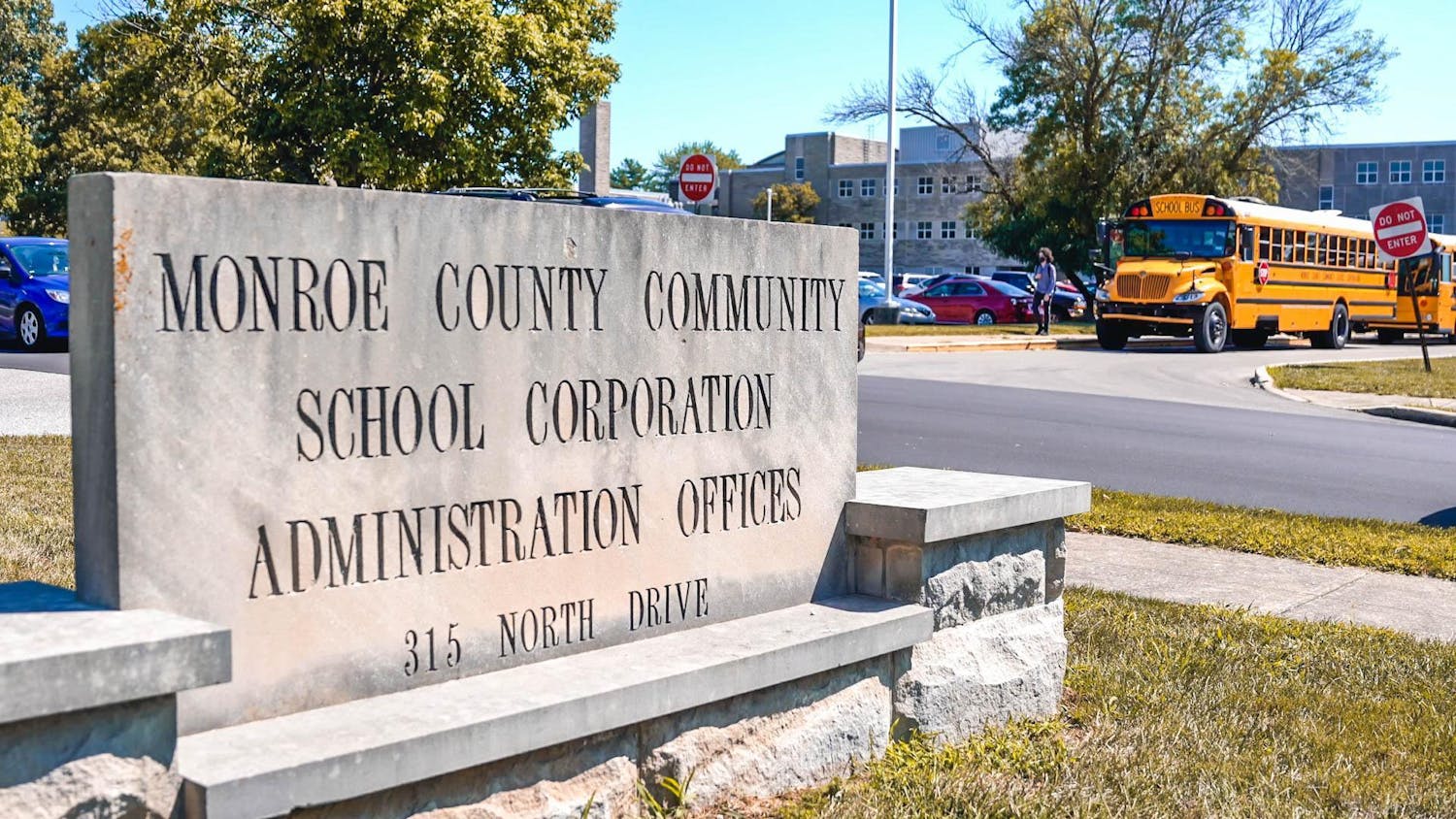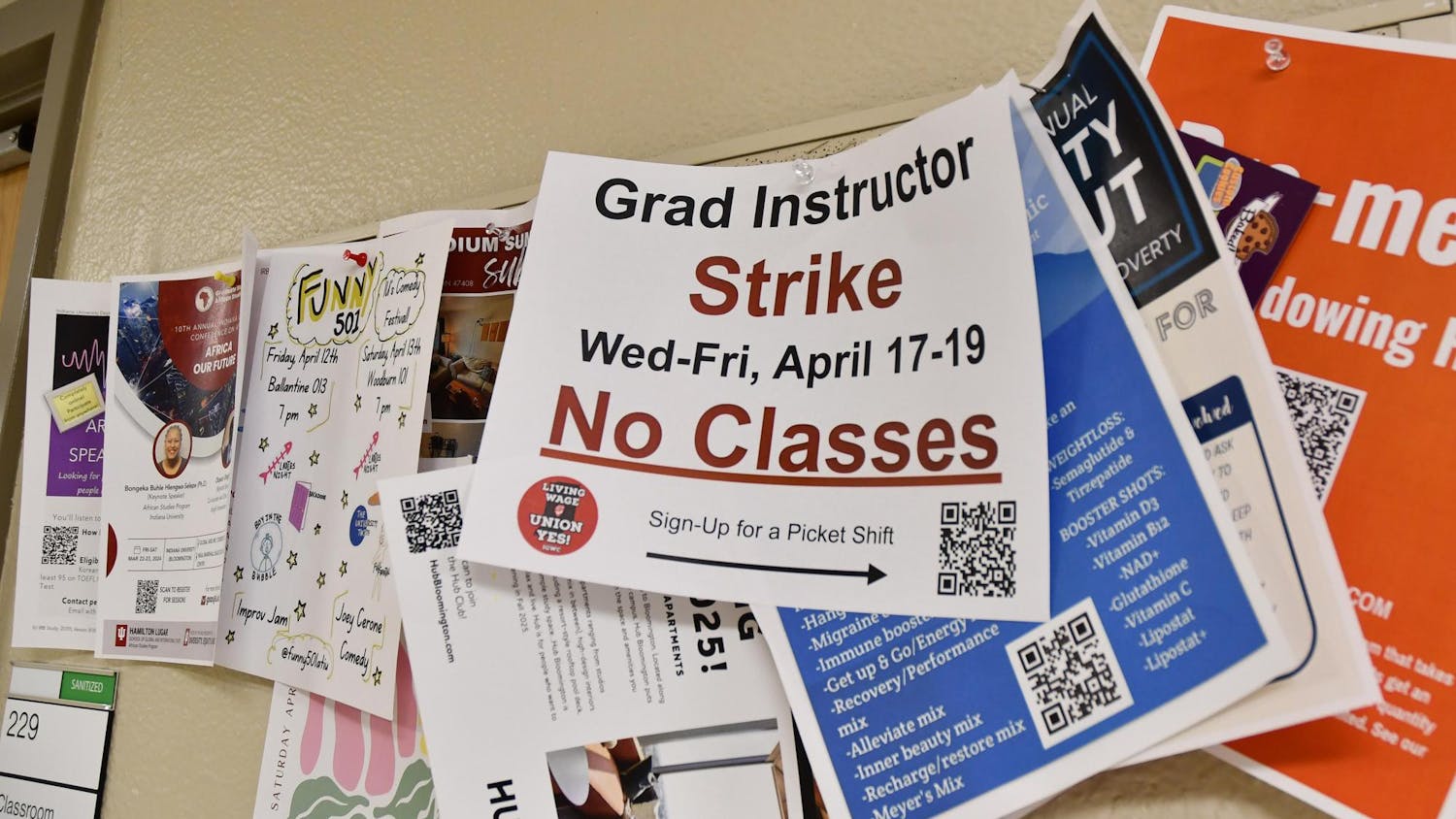This story is part of a series of profiles of students of Native American heritage at IU. This series is meant to celebrate Native American Heritage Month, which is dedicated to sharing the experiences of contemporary native culture, not just the history. You can read part one of the series here and part three here.
Native American heritage is such an integral part of graduate student Lydia Curliss’s identity that she is pursuing her education because of it. But this was not always the case.
“For a long time, my native identity wasn’t a priority for me,” she said. “I kind of rebelled against it for a while because I didn’t know what being native meant to me.”
Pursuing a dual degree in library and information sciences, Curliss plans to use her education to work with her tribal chiefs to create digital documentation of her tribe’s history.
It's a difficult task considering native history is told through media like song, dance and spoken word, but Curliss said she is determined to give back to the community that raised her.
“You can’t just take and take. You have to give back,” she said. “My native community has given me so many opportunities, they’ve put so much into me.”
Curliss grew up in Massachusetts where she is a member of the Nipmuc tribe. The name stems from the word Nippenet, which means “the freshwater pond place” because their land is filled with rivers and ponds.
Although Curliss said she could always rely on her tribe for support, she resisted strongly identifying with her native culture until she was an adult.
“I gradually figured out my identity on my own terms,” she said. “When you’re young, you understand what you can identify as, but you don’t understand the deeper meaning behind it.”
For a while she was hesitant to learn about her culture because she did not want to bear the responsibilities it held, she said.

“I realized that there are certain things I’d have to be ready to talk about,” she said. “You don’t want to constantly be asked questions and address microaggressions, but you have to be ready for that.”
One of the microaggressions Curliss said she experiences is when people assume she is not native because she does not look like a stereotypical native person.
After several years, Curliss said she decided to take the leap and learn more about her heritage so she could be a role model for her siblings. If she could be comfortable with her heritage, she said, then she could teach her three younger siblings to do the same.
Now, Curliss takes pride in learning about her culture, she said. She said she especially looks forward to learning alongside her younger sister, Keely, who is 23 years old.
“We’re both at a place in our lives where we want to know about our heritage," Curliss said. "We’re ready to know."
Keely said her sister has been nothing short of a role model for her and their two other siblings.
“She takes care of us and wants to make sure that we have it easier than herself,” she said in a text.
Keely said she and her sister constantly exchange photos, modern native art, news articles and stories with each other to share what they continue to learn about their culture. As a farmer, she learns in very different ways than Lydia does, she said, but this does not stop them from supporting each other.
“We both value each other and the way we fit into our community so much,” Keely said.
Along with her sister’s support, Curliss said she uses her community to overcome the obstacles, like discrimination, that come with openly expressing her culture.
“One thing about native culture is that we’re resilient,” she said. “After looking at all the hardship that native people have gone through and continue to experience, there are days when it feels like too much. But you have to keep fighting because that’s the only way that change is going to happen.”




